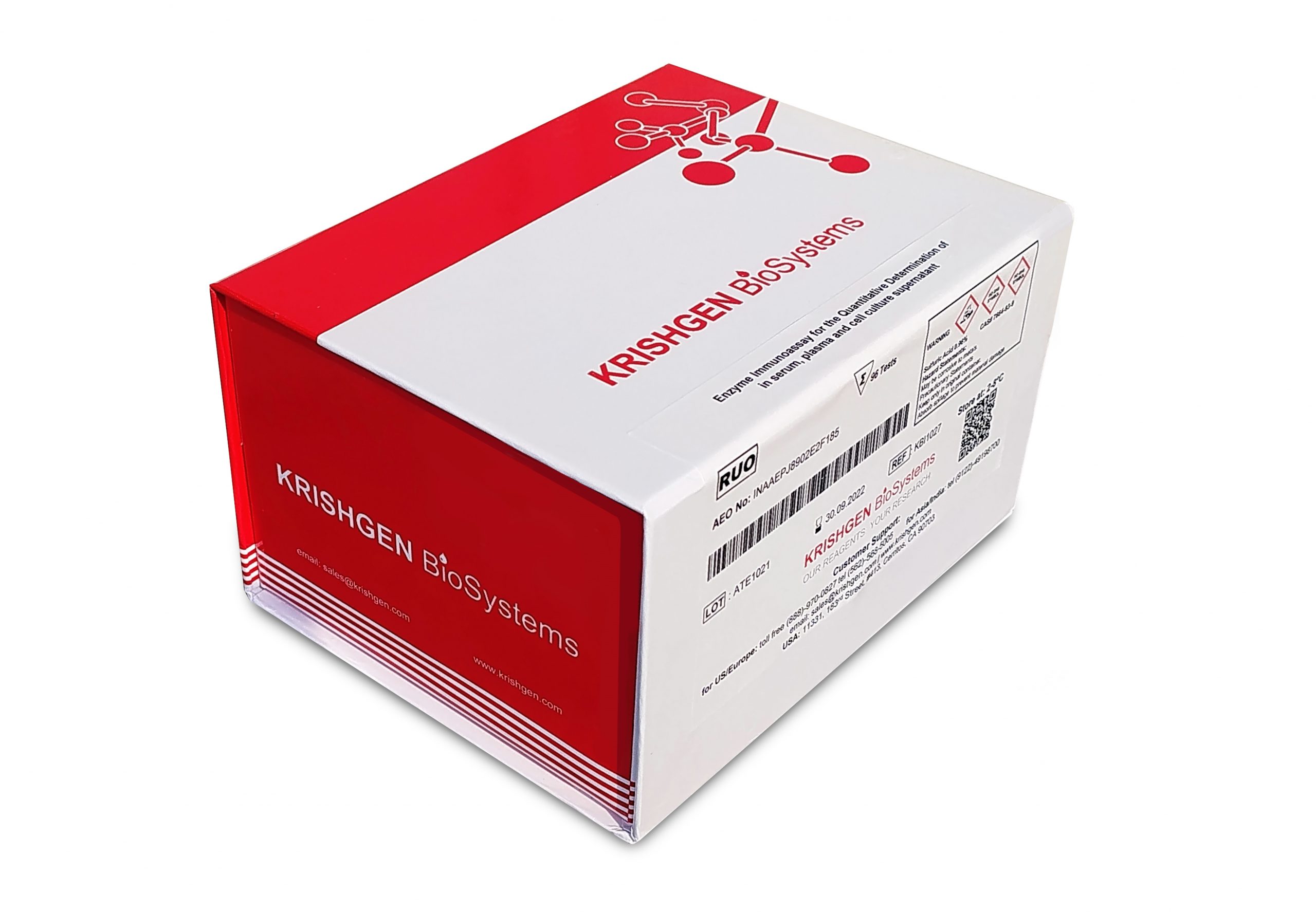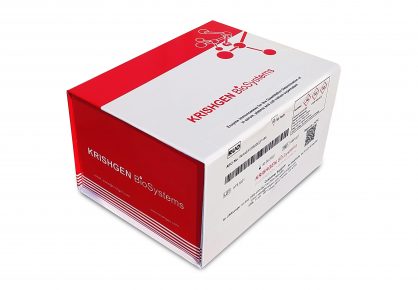Faricimab (VABYSMO) ELISA Assay Kit
The Faricimab (VABYSMO) ELISA Assay Kit is For Research Use Only
Size: 12 x 8 wells
Standard Range: 0 – 10 ng/ml
Sensitivity: 0.3 ng/ml
Incubation Time: 2 hours 30 minutes
Sample Type: Serum, EDTA Plasma, Heparin Plasma, Citrate Plasma
Sample Size: 100 µL
Assay Principle
The method employs the quantitative sandwich enzyme immunoassay technique. VEGF165 protein are precoated onto microwells. Samples and standards are pipetted into microwells and human Faricimab present in the sample are bound by the capture protein. Then, a HRP (horseradish peroxidase) conjugated Angiopoietin-2 Protein is pipetted and incubated. After washing microwells in order to remove any non-specific binding, the ready to use substrate solution (TMB) is added to microwells and color develops proportionally to the amount of Faricimab in the sample. Color development is then stopped by addition of stop solution. Absorbance is measured at 450 nm.
Assay Background
Faricimab is an IgG1-derived bispecific antibody against VEGF-A and Ang-2 for the treatment of age-related macular degeneration and diabetic macular edema. Faricimab is a bispecific antibody that binds to and inhibits both vascular endothelial growth factor (VEGF)-A and angiopoietin-2 (Ang-2). Faricimab was approved by the FDA on January 28, 2022, and is currently marketed under the trademark VABYSMO by Genentech, Inc. It received subsequent approval for the same indications in Canada in May 2022. In July 2022, the EMA’s Committee for Medicinal Products for Human Use (CHMP) recommended faricimab be granted marketing authorization for the treatment of neovascular age-related macular degeneration and diabetic macular edema. The VEGFs are all secreted proteins. VEGF-A121 and VEGF-A165 are secreted as covalently linked homodimeric proteins, whereas the larger isoforms, VEGF-A189 and VEGF-A206, although believed to be secreted, are not readily diffusible and may remain sequestered in the extracellular matrix. VEGF bioavailability may be regulated by plasmin-mediated proteolysis in the carboxy-terminal domains of the larger matrix-bound VEGF isoforms, such as VEGF-A189, to release more diffusible, biologically active species. Human VEGF-A165, the most abundant and biologically active form, is glycosylated at Asn74 and is typically expressed as a 46 kDa homodimer of 23 kDa subunits. VEGF-A121 has biological activity in endothelial cells, but has lower potency than VEGF-A165.


